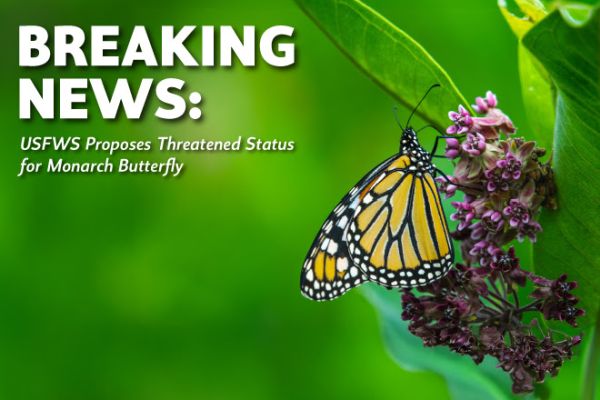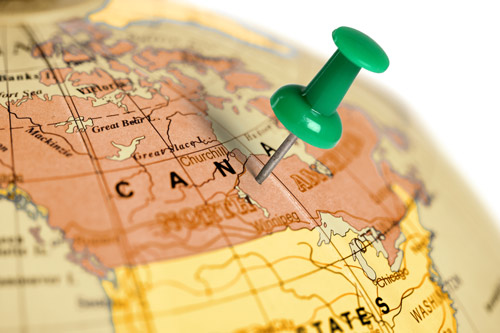PF & QF acknowledge voluntary, incentive-based opportunities for habitat as the number one strategy to restore the iconic species
Today, Pheasants Forever and Quail Forever (PF & QF) are encouraging private landowners and public land managers to help identify innovative strategies to restore quality pollinator habitat in the United States in light of the U.S. Fish and Wildlife Service’s (USFWS or Service) proposed threatened status of the monarch butterfly under the Endangered Species Act. The proposal initiates a 90-day public comment period starting on December 12, with a final listing decision coming in the following year.
The proposed listing comes after years of thorough assessment of monarch butterfly populations, including a “warranted but precluded” status in 2020 due to higher-priority listing actions. Presently, eastern migratory populations of monarch butterflies have declined by more than 80% since the 1980s, and western migratory populations by more than 95% in the same timeframe. Loss of breeding, migratory, and overwintering habitat, including food sources along established migration corridors and throughout the blooming season, remain among the top threats for monarch butterflies.
Pheasants Forever and Quail Forever’s mission to create high-quality habitat for pheasants, quail, and other upland species directly intersects with the monarch butterfly. That very same habitat, filled with diverse grasses and forbs (flowering plants) is critical for all pollinators, but essential for the monarch. PF & QF have been among the nation’s leaders in pollinator-friendly habitat, implementing 392,864 acres of high-quality habitat for pollinators and planting more than 1.3 billion milkweed seeds – an essential component for the monarch lifecycle and migration habitat – over the past decade, following more than 42 years of grassland conservation efforts.
“Beginning in 1982, the mission of Pheasants Forever and Quail Forever has been to restore grassland ecosystems for the benefit of pheasants, quail, and other wildlife. When you consider the web of life, it’s no coincidence our 28.8 million acres of wildlife habitat improvements have delivered tremendous benefits for monarchs and upland game birds,” said Marilyn Vetter, President and CEO of Pheasants Forever and Quail Forever. “Moving forward, our commitment is continued focus on the intersection between private and public lands, with myriad private and public partners, for the conservation of America’s grasslands. Likewise, our organization will continue to advocate for voluntary, incentive-based, grasslands-focused programs for landowners, farmers, ranchers, and hunters as the number one strategy for recovering monarch populations.”
The 90-day public comment period for the listing status will open on December 12, 2024, and close on March 12, 2025. Pheasants Forever and Quail Forever encourage farmers, ranchers, landowners, hunters, and any stakeholders who value monarch butterflies and associated pollinator habitat to submit comments online (referencing docket number FWS-R3-ES-2024-0137) to the USFWS on actions to help conserve this iconic species. This docket also includes information about how to attend two virtual public information meetings, and associated public hearings, about this listing proposal.
To learn more about voluntary pollinator habitat programs and practices available to landowners, click here to find a Pheasants Forever or Quail Forever biologist in your area.
About Pheasants Forever and Quail Forever
Pheasants Forever and Quail Forever make up the nation’s largest nonprofit organization dedicated to upland habitat conservation. This community of more than 477,000 members, supporters and partners is dedicated to the protection of our uplands through habitat improvement, public access, education and advocacy. A network of 754 local chapters spread across North America determine how 100 percent of their locally raised funds are spent — the only national conservation organization that operates through this grassroots structure. Since its creation in 1982, the organization has dedicated more than $1 billion to 580,000 habitat projects benefiting 28.8 million acres.
Read the full article here




